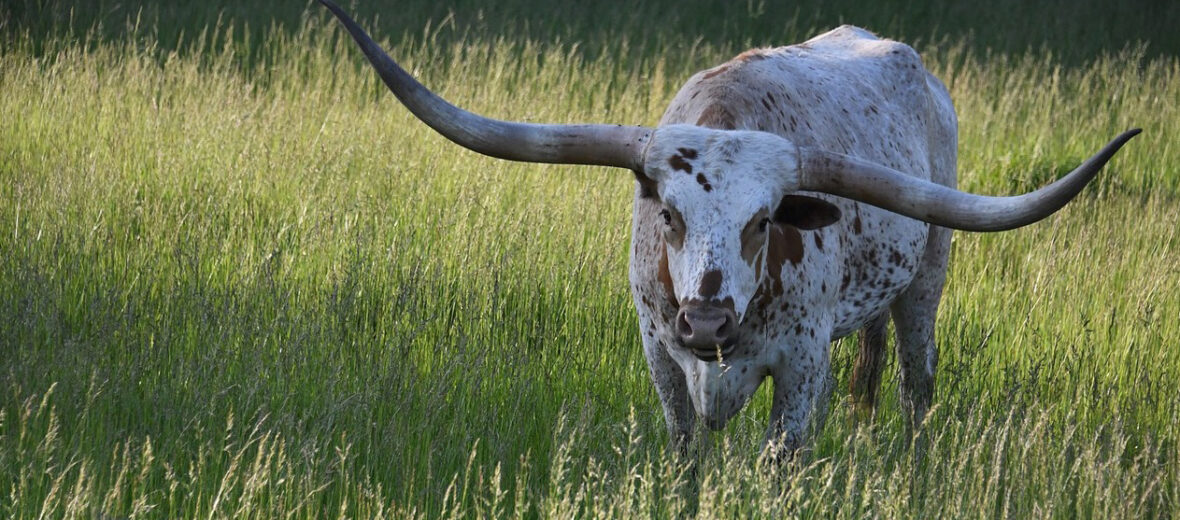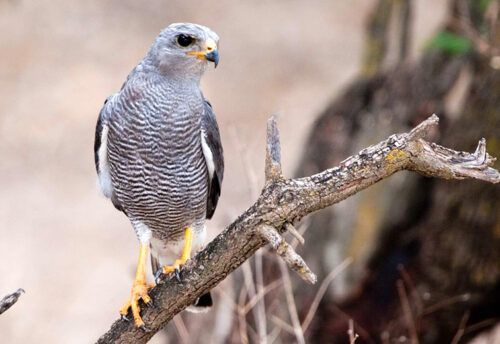
Boasting the largest horns of any cattle, it’s the Texas longhorn. Longhorns are thought to have originally come from feral Mexican cattle. Later captured by Texas settlers in an effort to get assistance with farming duties. These cattle are known for their sweet disposition, however, extreme care should be taken around bulls; especially during mating season. At one point, these impressive animals were nearing extinction until efforts were made to increase their numbers. Their numbers are steadily increasing.
First the Stats…
Scientific name: Bos taurus
Weight: Up to 2,200 lbs.
Height: Up to 5 feet
Lifespan: Over 20 years
Now on to the Facts!
1.) The longhorn became the state large mammal of Texas in 1995.
2.) This tough breed was utilized for traveling long distances due to the fact that they could forage on a variety of brush and survive for many days without any water.
3.) Due to the low quality pastures in which they graze they tend to have a lower overall weight than other cattle. This is remedied by substituting high quality food.
4.) Disease-resistance is a big plus for farmers. This greatly reduces veterinarian costs.
5.) Their meat is very lean & low in cholesterol. Especially when crossed-bred with Hereford heifers.
But wait, there’s more on the Texas longhorn!
6.) These cattle originally came from Spain to the West Indies, then Mexico, and finally arriving in Texas and the rest of the USA.
7.) Both bulls and cows sport horns.
Did you know…?
These beasts of burden can sport horns up to and over 10 feet across!
8.) Longhorn cows are known for being superb mothers, who look out for and protect not only their own young, but the others in the herd.
9.) Their birthing weight is typically low, averaging about 55 lbs. Their diminutive heads and shoulders lessen cases of dystocia (difficult birth) among the cow giving birth.
10.) Females produce 1 calf each year.



